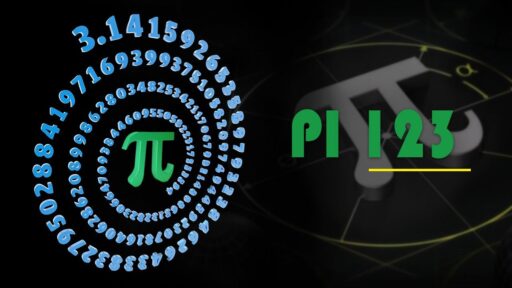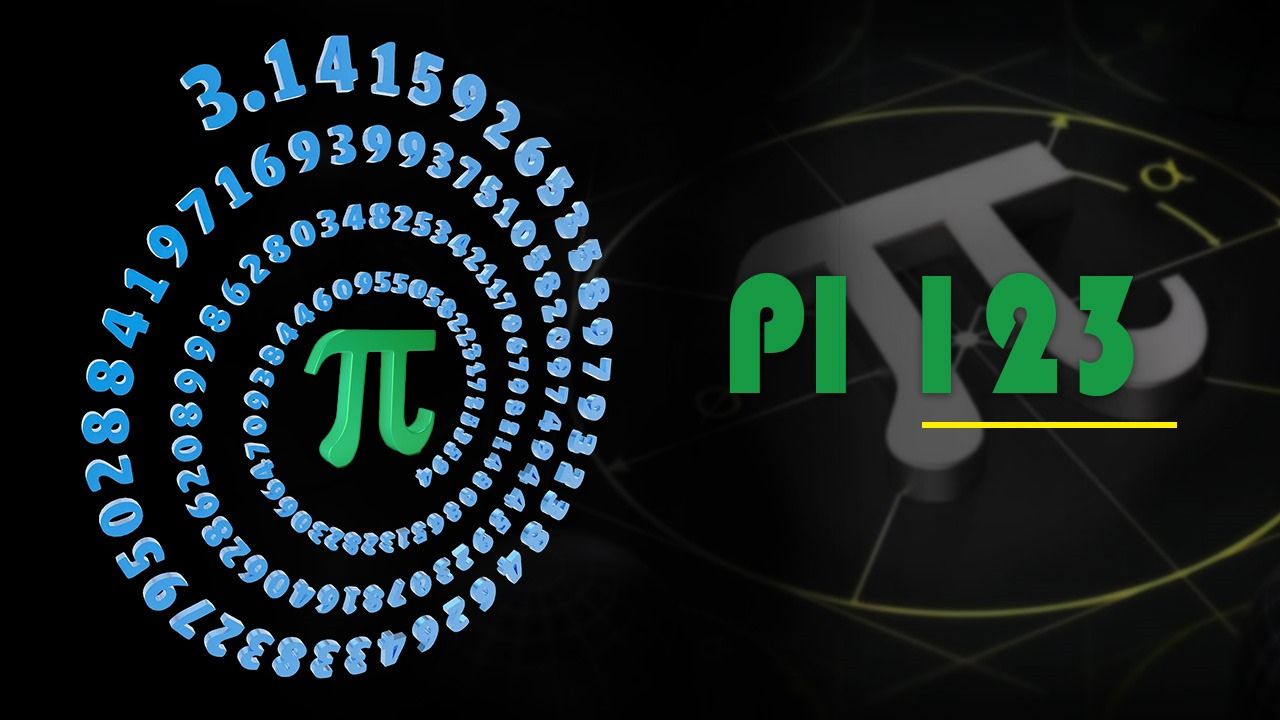Introduction
Pi, denoted by the symbol π, is one of the most intriguing and fundamental constants in mathematics. Its value, approximately equal to 3.14159, represents the ratio of a circle’s circumference to its diameter. Pi is an irrational number, meaning it cannot be expressed as a finite decimal or fraction and its decimal representation never repeats.
While pi is widely recognized, a lesser-known extension of it, pi123, has emerged as a subject of curiosity and study among mathematicians and enthusiasts alike. In this comprehensive guide, we delve into the mysteries surrounding pi123, exploring its significance, properties, and potential applications.
Understanding Pi123
Pi123 is a variation of the traditional pi, with the additional digits “123” appended to its decimal expansion. In other words, pi123 can be expressed as 3.14159…123. Unlike pi, which has an infinite and non-repeating decimal expansion, pi123 features a finite and unique extension.
While the concept of pi123 might seem trivial at first glance, its implications and properties offer a rich ground for exploration. Mathematicians have pondered over the nature of pi123, seeking to understand its characteristics and potential significance in various mathematical contexts.
Properties of Pi123
One of the distinguishing features of pi123 is its finite decimal expansion. Unlike pi, which requires an infinite number of digits to represent fully, pi123 terminates after the digits “123.” This finite nature sets pi123 apart and invites investigation into its mathematical properties.
Despite its finite expansion, pi123 still retains its irrationality. This means that although it terminates after “123,” it cannot be expressed as a fraction of two integers. The irrationality of pi123 adds to its intrigue and underscores its uniqueness among mathematical constants.
Furthermore, the inclusion of the digits “123” in pi123 introduces a sense of order and pattern within its decimal representation. While traditional pi exhibits a seemingly random sequence of digits, pi123 concludes with a structured and predetermined sequence, offering an intriguing contrast.
Significance and Applications
The significance of pi123 lies not only in its mathematical properties but also in its potential applications across various fields. While traditional pi serves as a fundamental constant in geometry, trigonometry, and calculus, pi123 opens new avenues for exploration and experimentation.
In cryptography, the finite and unique nature of pi123’s decimal expansion could be leveraged to generate secure encryption keys or pseudorandom number sequences. The predictable sequence of “123” at the end of pi123 could be utilized in algorithmic design to enhance security protocols.
Moreover, in computational sciences, pi123 could find utility in numerical simulations and modeling. The finite nature of pi123 simplifies calculations and reduces computational overhead compared to traditional pi, making it a potentially valuable tool in complex simulations.
Additionally, pi123 sparks philosophical and theoretical inquiries into the nature of randomness, order, and infinity within mathematics. The juxtaposition of finite and infinite aspects in pi123 prompts contemplation on the underlying structure of the universe and the role of mathematical constants in understanding it.
Challenges and Future Directions
While pi123 offers intriguing possibilities, it also presents challenges and unanswered questions for mathematicians and researchers. The finite nature of pi123 raises questions about its relationship to other mathematical constants and its implications for existing mathematical frameworks.
Furthermore, the inclusion of the digits “123” in pi123 begs the question of whether similar variations or extensions exist for other mathematical constants. Exploring these potential extensions could lead to new insights into the nature of mathematical constants and their role in shaping mathematical theories.
Moreover, the practical applications of pi123, particularly in cryptography and computational sciences, warrant further investigation and experimentation. Researchers must explore the efficiency, security, and scalability of utilizing pi123 in various computational algorithms and protocols.
Conclusion
In conclusion, pi123 represents a fascinating extension of the traditional pi, offering a finite and structured variation that invites exploration and inquiry. Its properties, significance, and potential applications underscore the richness and complexity of mathematical constants.
As mathematicians continue to unravel the mysteries of pi123, they delve deeper into the nature of randomness, order, and infinity within mathematics, paving the way for new discoveries and insights. Whether in cryptography, computational sciences, or theoretical inquiries, pi123 stands as a symbol of mathematical curiosity and innovation, challenging our perceptions and expanding our understanding of the mathematical universe.







